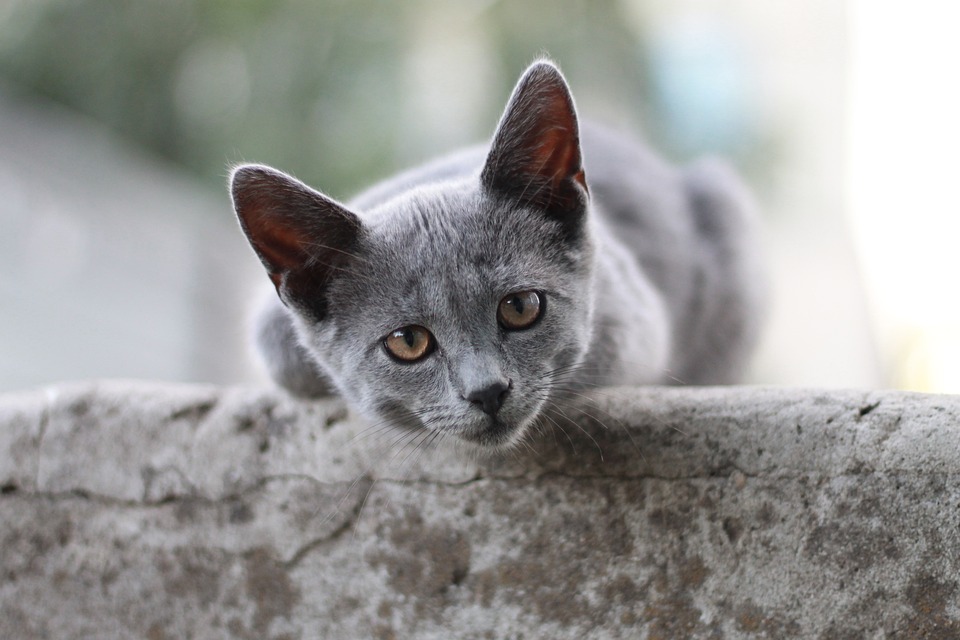Understanding the Science Behind Vocalizations: What Your Voice Reveals About Your Cat
Introduction:
– The Intricate Language of Cats: Decoding Vocalizations
– How Your Cat’s Voice Reveals Their Thoughts and Emotions
Cats are known for their ability to communicate through various vocalizations. From meowing to purring, growling to chirping, each sound holds a unique meaning and provides insight into a cat’s thoughts and emotions. By understanding the science behind these vocalizations, we can deepen our bond with our feline companions and ensure their well-being.
1. The Various Types of Cat Vocalizations:
1.1. Meowing:
Meowing is the most common vocalization among cats and is primarily used for communication with humans. Cats have learned that humans respond to their meows, which often vary in pitch, duration, and intensity. Different types of meows, such as the demanding meow or the conversational meow, convey specific messages. Furthermore, cats may meow at night due to loneliness, hunger, or seeking attention.
1.2. Purring:
Purring is a fascinating vocalization that serves multiple purposes. Cats purr when they are content, relaxed, or seeking comfort. However, purring can also indicate pain, stress, or illness. Understanding the different purr patterns and accompanying body language is crucial to discern between a happy purr and a distress purr.
1.3. Growling and Hissing:
Growling and hissing are warning signs of aggression in cats. These vocalizations are often accompanied by defensive body postures and serve as a way for cats to establish boundaries and communicate their discomfort. Knowing how to handle a growling or hissing cat is essential to maintain a safe and calm environment.
1.4. Chattering and Chirping:
Chattering and chirping are unique vocalizations that cats make when they observe prey, such as birds. Some experts believe that this behavior is an instinctual response to the excitement of the hunt. Understanding these vocalization patterns can help us better understand our cat’s natural instincts and provide appropriate enrichment.
1.5. Yowling and Caterwauling:
Yowling and caterwauling are intense vocalizations that cats use to express strong emotions, particularly during mating season. These vocalizations are often accompanied by behaviors like pacing and restlessness. Managing excessive vocalizations during this period is crucial for both the cat’s well-being and the owner’s sanity.
2. The Science Behind Cat Vocalizations:
2.1. Anatomy of a Cat’s Vocal Cords:
A cat’s vocal cords play a significant role in determining their vocal range. The structure of their vocal cords and the size of their larynx contribute to the various sounds they can produce. Understanding these anatomical features can shed light on the differences in vocalizations among different cat breeds.
2.2. Neurological Factors:
Cat vocalizations are influenced by brain activity and the release of neurotransmitters. The brain’s interaction with the vocal cords and muscles involved in vocalization determines the sound and intensity of meows, purrs, and other vocalizations. Understanding the neurological aspects of vocalization can help us better comprehend the emotional states behind cat vocalizations.
2.3. Evolutionary Significance:
Cat vocalizations have evolved as a means of communication and survival. The ability to vocalize allows cats to express their needs, emotions, and establish social hierarchies. Through vocal communication, cats can convey information about their intentions, territory, and reproductive status. Understanding the evolutionary origins of vocalizations helps us appreciate their adaptive benefits.
FAQs (Frequently Asked Questions):
The article concludes with a series of FAQs that address common questions about cat vocalizations. These FAQs provide further insight into the topic and offer practical advice for cat owners.
Conclusion:
Decoding the complex language of cats and understanding their vocalizations is crucial for strengthening the bond between humans and feline companions. By paying attention to their meows, purrs, growls, and other vocal cues, we can better comprehend their thoughts, emotions, and needs. Remember, communication is a two-way street, and taking the time to understand your cat’s voice will lead to a harmonious and enriched relationship.








